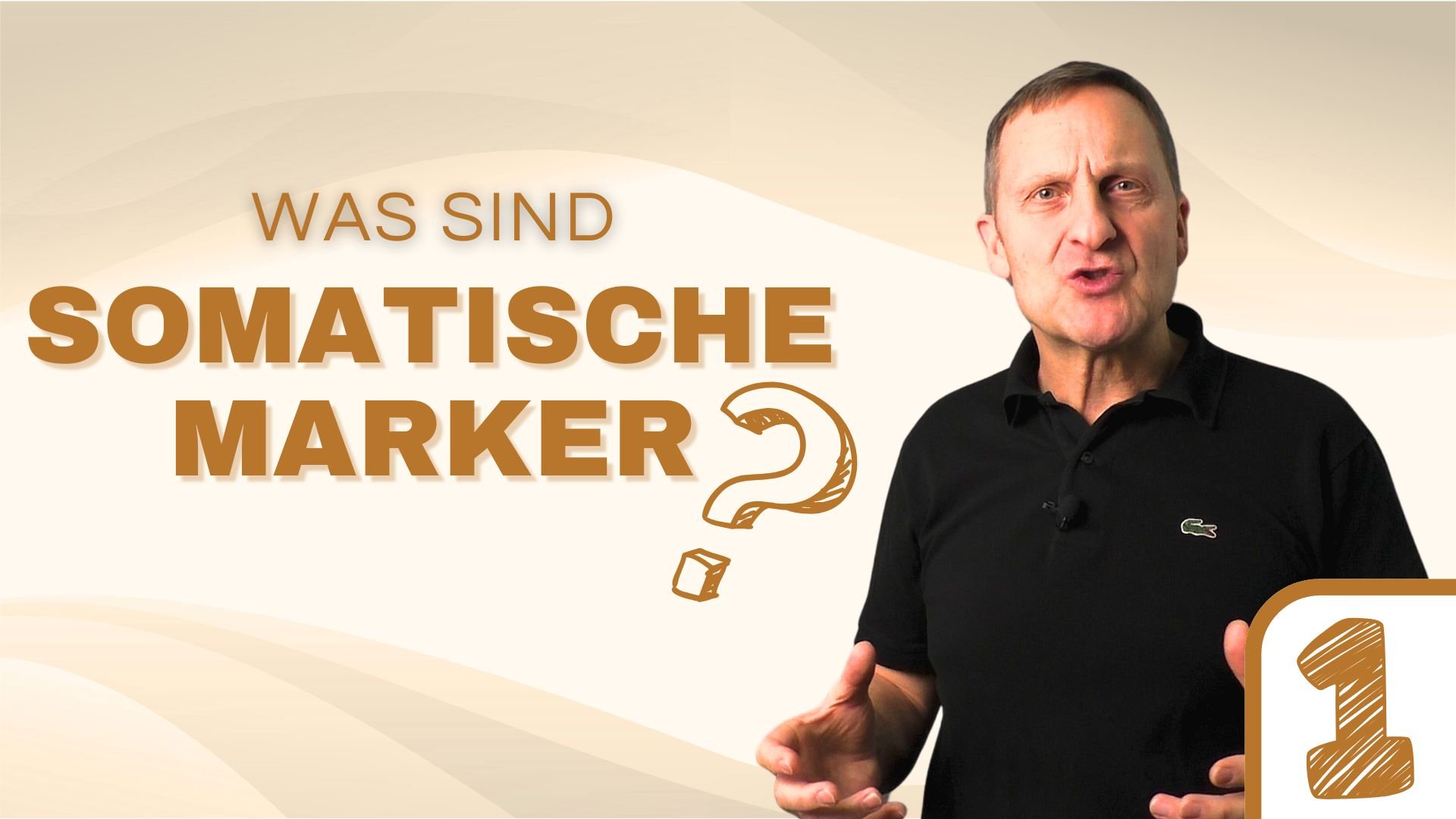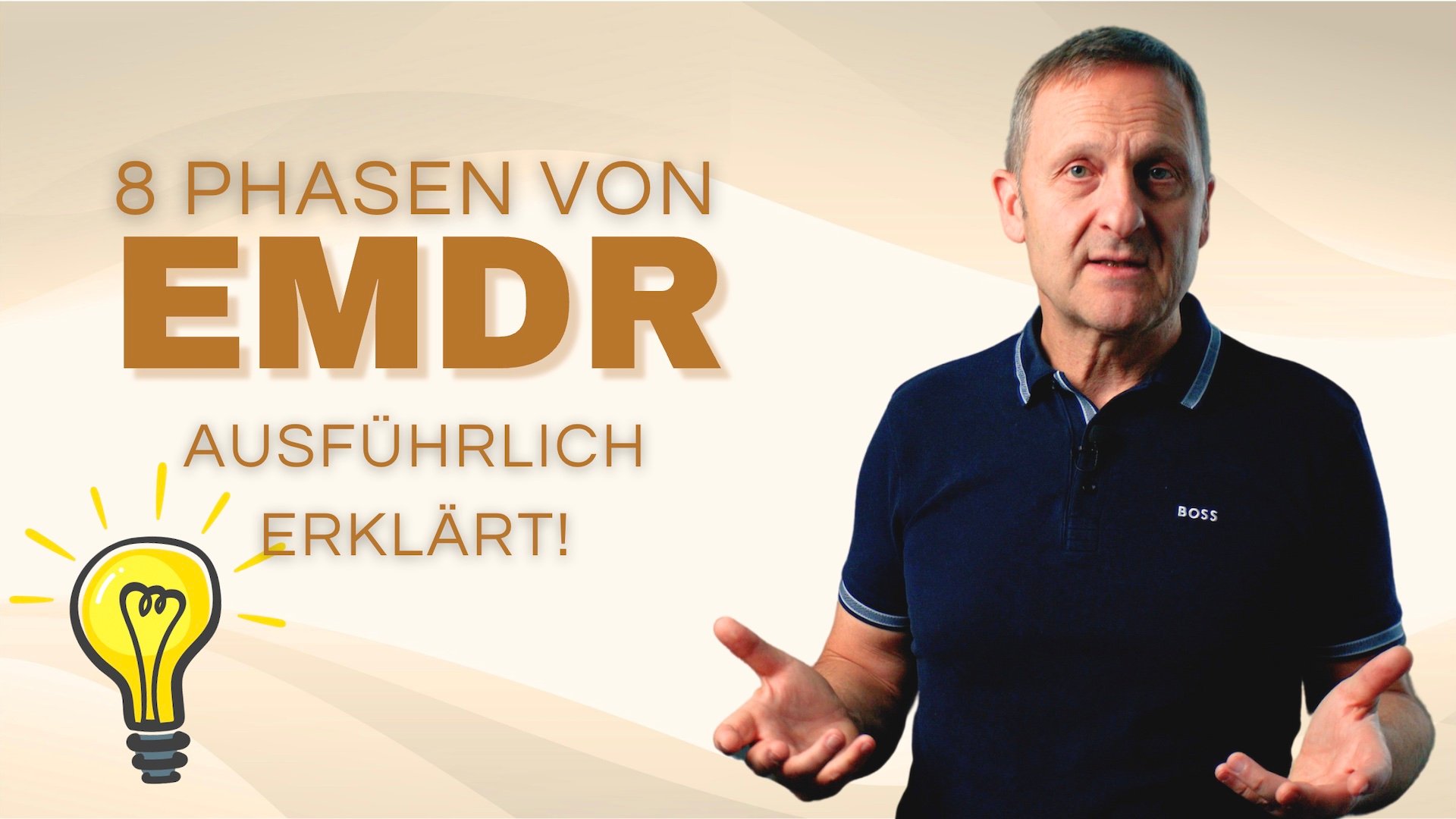How to achieve contentment and quickly find peace of mind in stressful moments through EMDR self-coaching.
 Is contentment true happiness? The question itself often leads to a frown. To get closer to the answer, it is helpful to put the terminology of three of our states of mind in some order: happiness, for example, refers to the intense feeling of well-being that people usually experience spontaneously. It is difficult to bring about consciously. A familiar acquaintance of happiness is joy, which manifests as a strong feeling in us when we experience a pleasant situation. When we are satisfied, we are less aroused. The feeling of satisfaction is more stable than the feeling of happiness or joy and lasts longer. It is not by chance that the word contentment carries the word peace within it; after all, peace of mind is a beautiful description of a contented mind. The very constancy of the contented feeling suggests that our basic contentment is an expression of our being; possibly something acquired at a young age?
Is contentment true happiness? The question itself often leads to a frown. To get closer to the answer, it is helpful to put the terminology of three of our states of mind in some order: happiness, for example, refers to the intense feeling of well-being that people usually experience spontaneously. It is difficult to bring about consciously. A familiar acquaintance of happiness is joy, which manifests as a strong feeling in us when we experience a pleasant situation. When we are satisfied, we are less aroused. The feeling of satisfaction is more stable than the feeling of happiness or joy and lasts longer. It is not by chance that the word contentment carries the word peace within it; after all, peace of mind is a beautiful description of a contented mind. The very constancy of the contented feeling suggests that our basic contentment is an expression of our being; possibly something acquired at a young age?
And, if so, how much can we influence our satisfaction?
Satisfaction: a comparison of actual and target
As a mental construct, satisfaction reveals itself in the form of a comparison. We are constantly looking at the relationship between our wishes and their fulfillment. If our desires remain unfulfilled in the long run, we become dissatisfied. If, on the other hand, we achieve our goals, satisfaction usually follows. The abrupt moment of wish fulfillment is also often accompanied by a happy feeling, almost always we experience joy. When both sensations have already passed, we usually still experience a deep satisfaction in our successful work.
If being satisfied gives us so much “happiness”, it is not far to ask what we can do to reach this state of well-being as often as possible. Again, our thinking offers an explanation: two strategies are available to reduce the difference between our aspirations and their achievement – we remember: the comparison.
[dropcap3]1[/dropcap3] We are working on aligning our lived actual state with the target state. This involves work and purposeful action. Activities that usually cause a satisfied feeling by themselves, because we cause something ourselves. Of course, this works especially well as long as we are striving towards our own goal – slaving away for the goals of others is less likely to be one of them.Our goals should also be achievable. Because as soon as we realize that we will no longer achieve them, we are disappointed, i.e. dissatisfied. Those who nevertheless cling to utopian goals run the risk of becoming extremely depressed.
2 And this is where the second way comes into play. It is necessary to lower one’s standards, to choose one’s desires consciously and to avoid overly lofty goals or even to give them up again. The result is increased satisfaction resulting from a reduced difference between what is and what should be – in theory!
Our emotions rule our everyday state of mind
For what is forgotten is our limited ability to deal calmly with the myriad emotions on our life’s journey to contentment. Our emotions dominate our everyday life. If we are relaxed, equanimous and patient, we go through our daily life contentedly. But woe if you don’t. Woe betide us if work is no fun again and takes too long, so we don’t get to exercise. Woe betide us when the scales under our feet again show a kilo more instead of less. Woe betide us when the unjustified rent increase flutters into the house or our car is threatened with an expensive repair. By the way, all comparisons: something is different from what it should be, from what we want it to be. And these are only possible adversities of everyday life. What happens when more dramatic cuts hit our lives?
In most situations, the accompanying emotional states prevent us from dealing with events in a calm manner. Adjusting or even lowering our standards in order to restore satisfaction is out of the question in such times.
But what can we do? In such moments it is necessary to turn to the unpleasant emotions and painful physical sensations. These are – as strange as it may seem – the key to satisfaction. Because if we can calm down and calibrate ourselves again precisely in the situation we have been through by dealing with them, we not only feel better, but also gain a bit more immunity to adversity of the same kind.
As already assumed at the beginning, that we “learn” our measure of life satisfaction in young years, it is obvious that we also learn as a child through countless variously more or less demanding life circumstances what “makes life difficult” for us as adults. Read more about this in Dissolving mental blocks with EMDR. In this respect, a “happy childhood” is a good prerequisite for a more contented life. Of course, this does not exclude the fact that we can unfortunately still bear emotional wounds or even scars from drastic experiences later on.
Those stressful experiences of our past are – as long as they are unprocessed – stored in our body by means of emotional body markers (also called somatic markers) . The good news is that the “learned” response to a current event that makes us unhappy and emotionally involved can be self-coached in a 6-step self-application using EMDR and the REMSTIM 3000.
In this respect, the answer to the question of whether and to what extent we can influence our own satisfaction is: yes, even very successfully!
Situational intervention in EMDR self-coaching typically results in ongoing resolution of debilitating emotional markers and integration of the memory behind them. This orderly storing in our brain as an experience that can be used in the future also strengthens our resources and allows us to deal with similar situations in the future in a more balanced and confident manner.
So why dwell on our own dissatisfaction? After all, it is the key to satisfaction – let’s use it!
(inspired by the article Zufriedenheit: Das wahre Glück by Susie Reinhardt in Psychologie heute 01/2014)












